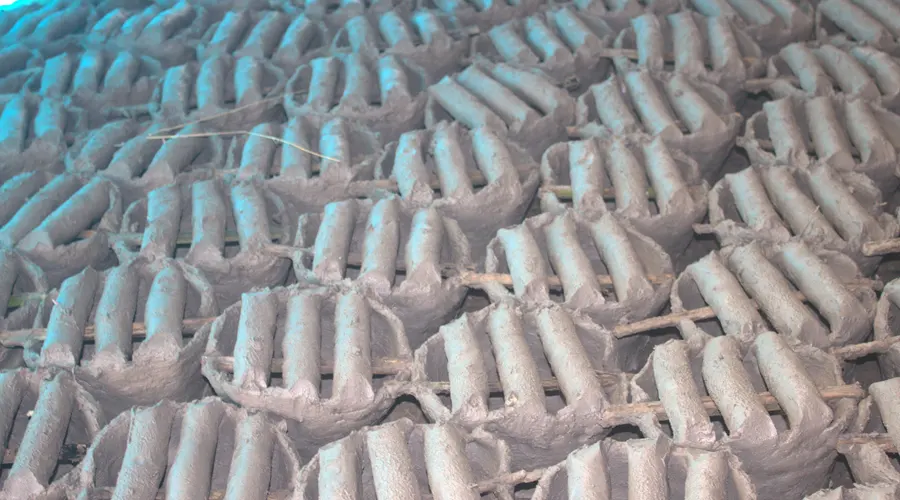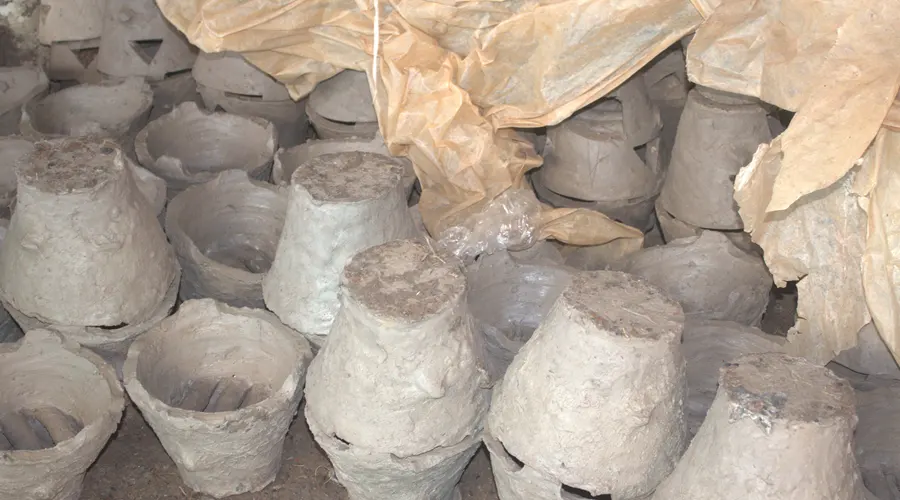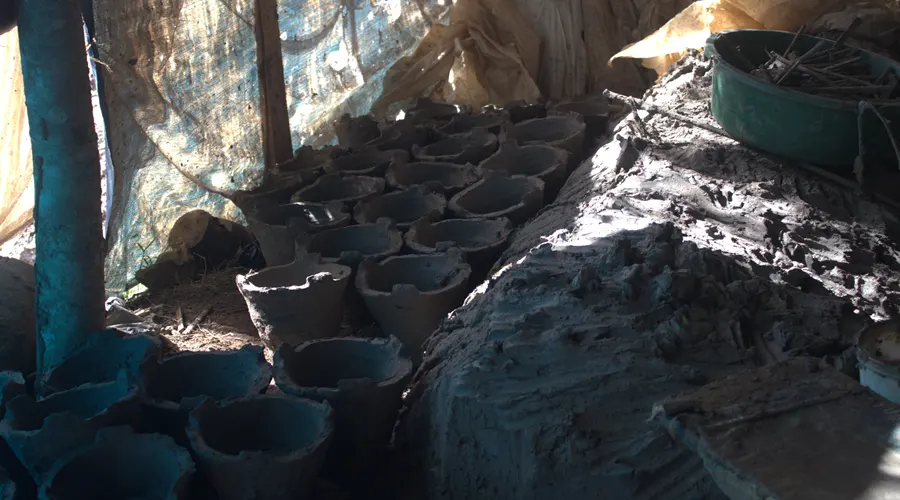Pottery Saving Stove
Local charcoal stoves and energy-saving stoves are two types of cooking appliances commonly used in many parts of the world, particularly in regions where access to modern cooking technologies is limited. Understanding the differences between them, as well as their benefits and challenges, can help in promoting better cooking practices and energy efficiency. Here’s a detailed overview:
Local Charcoal Stove
Description: Traditional Design: Local charcoal stoves are typically made from locally available materials such as clay, metal, or a combination of both, Simple Construction: They often consist of a basic structure to hold the charcoal and support a cooking pot.
Benefits: Affordability: Generally inexpensive to produce and purchase, Local Production: Often made by local artisans, supporting local economies, Familiarity: Widely used and understood by many communities, making them easy to adopt and use.
Energy-Saving Stove
Description: Improved Design: Energy-saving stoves (also known as improved cookstoves) are designed to be more efficient and reduce fuel consumption. They often incorporate better insulation, air flow control, and heat retention features,Variety of Models: Available in various models using different materials, such as improved metal stoves, ceramic stoves, and rocket stoves.
Benefits: Efficiency: Use less charcoal or other biomass fuels to cook the same amount of food, reducing fuel costs and consumption, Health Benefits: Produce less smoke and pollutants, leading to better indoor air quality and reduced health risks, Environmental Impact: Lower fuel consumption helps in reducing deforestation and environmental degradation, Cost Savings: Although the initial cost may be higher, the reduced fuel consumption leads to long-term savings.
By teaching how to make them andpromoting the use of energy-saving stoves, communities can enjoy improved health, reduced environmental impact, and economic benefits through lower fuel costs and sustainable practices.




